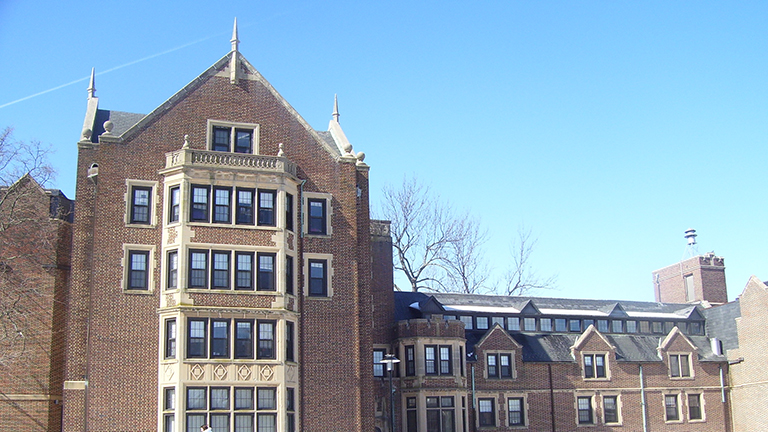The requirements put forth in the Americans with Disabilities Act (ADA), as well as the ADA Accessibility Guidelines (ADAAG), can be unclear and are therefore subject to broad interpretation.
The broad spectrum of interpretation is due to several issues:
- The ADA is civil rights legislation and not building regulation;
- Different code versions are adopted at the local and state levels; and
- Wording in the code can be ambiguous.
Accordingly, as lawsuits claiming failure to meet ADA standards continue to proliferate, architects, contractors, engineers, and business owners grow increasingly anxious interpreting such vague standards when designing, constructing, or modifying buildings.
ADA Interpretation
As civil rights legislation, the ADA protects the rights of individuals with disabilities to freely access buildings and participate in daily activities, such as employment and recreation. In terms of design and construction, this is a disadvantage. Since the ADA is not building code, it is applicable to many different facets of life and policy, making it difficult to pinpoint exact physical specifications for what is and what is not considered compliant. For example, Section 12112 of the ADA states that discrimination against persons with disabilities in the work place includes, “Not making reasonable accommodations to the known physical or mental limitations of an otherwise qualified individual with a disability…” Such statements have implications in a wide variety of areas, including building design and development but do not provide specific examples. For architects, contractors, and business owners, this ambiguity makes it a challenge to respond appropriately. As a consequence, all parties involved in the design, construction, and operation of any facility, may be held liable for any discrepancy alleged to be non-code-compliant.
ADAAG Disadvantages
Although the ADAAG is intended to act as a guide to implementing the ADA by presenting technical and scoping specifications for doorways, pathways, parking lots and other building design-related criteria, the ADA’s ability to be broadly and continually interpreted causes the specifications of the ADAAG to sometimes be called into question. As a result, there is no clear process for ensuring compliance during the design and construction of any facility.
ADA and ADAAG Discrepancies
One common reason for discrepancies between the ADA interpretation and ADAAG implementation is code adoption differences across local, state, and federally-enforced standards. In regard to accessibility code, all things subject to ADA provisions are required to meet or exceed federal standards as well as local and state building provisions. Generally speaking, state codes are modeled after the federal codes. However, such adoptions and revisions take time to fully implement. As a result, a state may have an outdated code in effect. Therefore, contractors, business owners, engineers, and architects are required to adhere to federal code, as well as to local and state requirements. As the codes may disagree with one another, the more stringent regulation will often take precedent. However, even strictly adhering to the federal code does not guarantee exception from possible legal action.
Non-Specific Wording
Despite these issues, the largest contributor to ADA interpretation problems is the non-specific wording occasionally used throughout the legislation. For example, Section 4.1.1(3) of the ADAAG states “Areas Used Only by Employees as Work Areas…are to be designed and constructed so that individuals with disabilities can approach, enter, and exit the areas.” This provision requires that areas used by employees must be accessible in approach and exit, but it does NOT address individual work stations. Such necessity is outlined elsewhere in the ADA legislation under “reasonable accommodation.” However, reasonable accommodation is another loosely-defined term.
The ADA defines reasonable accommodation as, “Making existing facilities used by employees readily accessible to and usable by individuals with disabilities.” Thus, changes to policy, purchasing of new equipment, as well as job and work schedule restructuring are all considered to be reasonable accommodations. Incidentally, these two examples are not the only instances of obscure regulation put forth in the ADA and ADAAG.
ADA Checklist
As demonstrated above, the biggest challenge to accessibility code interpretation is reconciling the wording and requirements between versions at all government levels in order to successfully design, build and operate a fully accessible facility. In addition to this difficulty, fully meeting the requirements of the ADA and the ADAAG does not exempt anyone involved in the decision process for a facility (owners, designers, contractors, etc.) from being drawn into legal action. However, there are several steps that will reduce the likelihood of litigation: The ADA provides a checklist for existing facilities, which can be performed independently, and many ADA consulting firms are available to professionally review design plans and existing facilities, as well as to answer questions.
For information on specifying wheelchair lifts in design plans, see “Specifying Wheelchair Lifts: Avoid the 2 Most Common Mistakes” or for information on accessible renovations, see “How the ADA Affects Renovations.”


